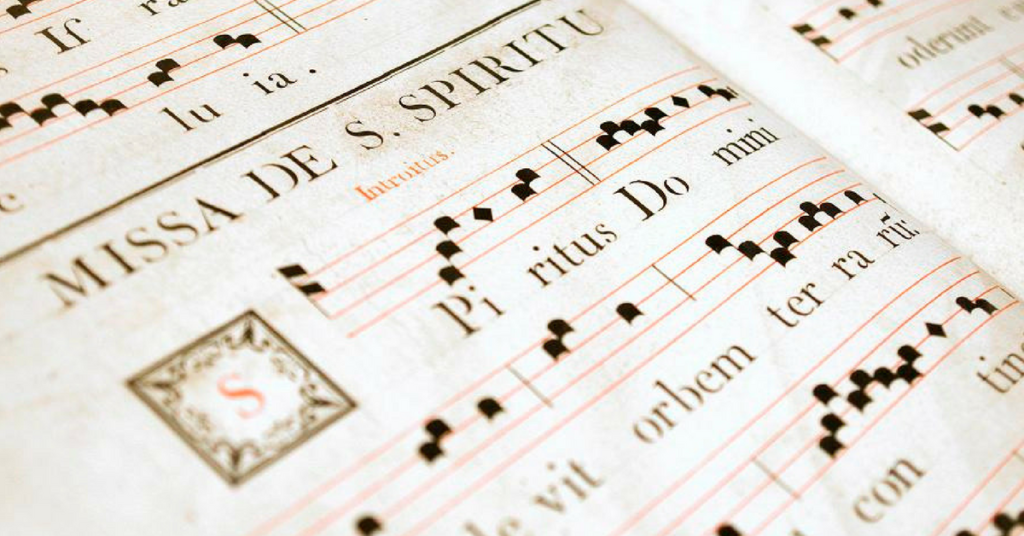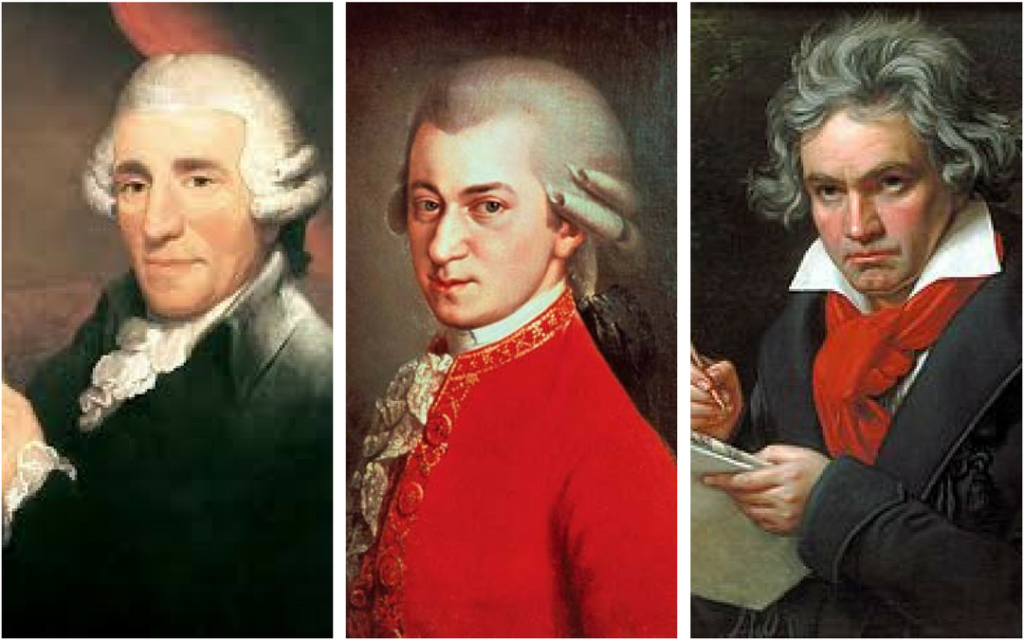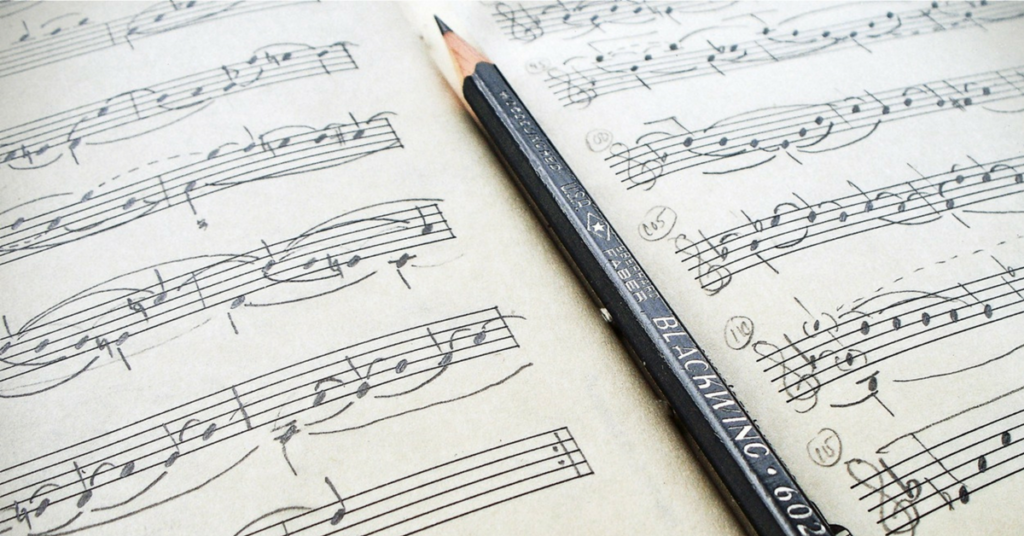Medieval music is the earliest period of music history, ranging from the years c. 500- 1400. Music during this time consisted of liturgical vocal music for the Catholic Church as well as secular vocal and instrumental pieces. One of the main components of liturgical music in the medieval period was Gregorian chant. Gregorian chant was also used as the building blocks to further many genres of music, not only liturgical.
The term “Gregorian chant” is defined as an unaccompanied unison melody of sacred mass text used in the Catholic Church. It gets its name from Pope St. Gregory, who, as the legend says, composed all of the chants after a dove whispered them into his ear. Many chants get their text from the Mass Ordinary, the parts of the Catholic Mass that always remain the same and are, or were, often sung. There are five parts of the Mass Ordinary: the Kyrie, Gloria, Credo, Sanctus and Benedictus, and the Agnus Dei. The other texts for Gregorian chant comes from the Mass Proper, which is the prayers for mass that change according to which season or feast it may be celebrating.
The notation used to notate Gregorian chant is very different than any form of notation currently used in music. However, it is from this ancient notation that our current system evolved.
Music in general went through several stages of notation before our current system of a staff of five lines, four spaces, time signatures, quarter notes, half notes, and more that came about. These stages started in the Medieval times, when the only music that was being written down was for the Church. Most, if not all, of secular music during this time were passed on via oral tradition. For several years previously, chant was learned orally and not written down. Notation started out with the notes (then called neumes) placed above the text, merely indicating whether the next note was to be sung higher or lower than the next note. Eventually, some version of a staff made its way into the process to indicate how much higher or lower to go. Then someone named Guido of Arezzo created the most detailed form of music notation known up to that time, described in a treatise he wrote. This included a staff of four lines and the beginning of our solfège system, both of which aided in more precisely indicating pitch. Before this, nothing was clear enough that someone would be able to learn the chant just from looking at the music for it; they would have had to be familiar with it already.
In the late nineteenth century, all of the chants of the Mass were compiled into a book called the Liber Usualis by monks in Solesmes, France. These monks created a slightly different, more informative form of notation so that anyone could learn the chants, but it was still similar to the old notation in some ways. Some chants from the Liber Usualis, that were first sung in Medieval times, are still used in churches and monasteries today.
Sources:
https://www.britannica.com/art/Gregorian-chant;
https://www.mfiles.co.uk/music-notation-history.htm;
https://en.wikipedia.org/wiki/Liber_Usualis;
https://adoremus.org/2007/10/15/Chant-Music-for-the-Few-Or-the-Many/




